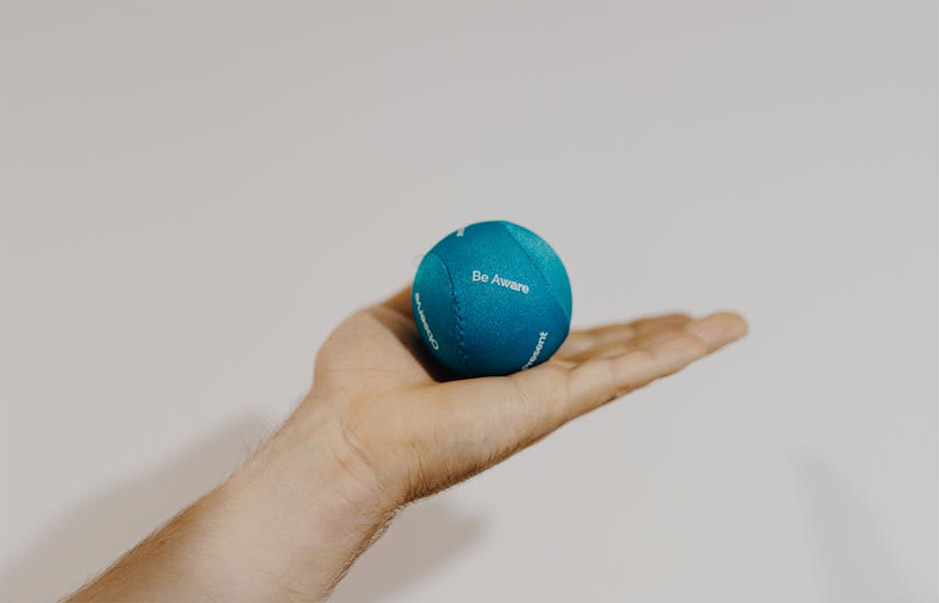Why More Athletes are Turning to Infrared Therapy for Recovery
Why More Athletes are Turning to Infrared Therapy for Recovery
Introduction to Infrared Therapy
Athletes are always on the lookout for the next thing that can give them an edge in recovery. Enter infrared therapy, a technique not as mysterious as it sounds. It's simple; infrared therapy uses light to heal and rejuvenate the body. This isn't your average light, though. It's part of the electromagnetic spectrum, invisible to the naked eye, but powerful in its effects. Infrared light penetrates deep into the muscles, boosting blood circulation, reducing inflammation, and speeding up the repair process. The best part? It's non-invasive, meaning no needles or surgeries. Just pure light doing its magic. From weekend warriors to elite athletes, many are turning to this therapy to keep their bodies in top shape and reduce downtime between performances. It's about getting back into the game faster and feeling better while doing it.
The Science Behind Infrared Health Benefits
Infrared therapy uses light to penetrate the skin, reaching muscles and nerves without discomfort. This process boosts blood circulation, vital for healing and reducing inflammation. It's like giving your body's natural recovery process a turbo-boost. The warmth you feel is not just cozy; it activates your body's internal healing mechanisms. Breaking it down, infrared therapy helps by increasing oxygen flow to tissues, kicking off cell repair, and getting rid of body toxins through sweat. Athletes are all about faster recovery, reduced soreness, and getting ready for the next challenge. This therapy offers just that, without the need for pills or long recovery periods. It's science meeting wellness, giving your body the upper hand against the wear and tear of high-level performance.
Why Athletes are Embracing Infrared Therapy
Athletes are always on the lookout for new ways to push their limits, recover faster, and stay ahead of the competition. That's where infrared therapy comes into play. Unlike traditional heating methods, infrared therapy uses light to create heat, going deep into muscles and tissues without making the skin feel too hot. This method helps in reducing soreness, inflammation, and injury recovery time.
So, why the big shift towards infrared therapy among athletes? First off, the therapy is non-invasive. There's no need for needles or surgery, which means no downtime. Athletes can get back to their training faster. Plus, the therapy promotes better sleep and relaxation, crucial for any recovery process.
But here's the kicker: infrared therapy doesn't just offer a quick fix. Over time, it helps improve circulation, which is vital for delivering more oxygen and nutrients to muscles. This not only speeds up recovery but also boosts overall performance. In a world where every second counts, it's clear why athletes are turning to infrared therapy as their go-to recovery tool.
Types of Infrared Therapy Available
Athletes are always looking for ways to recover faster and infrared therapy has become a hot topic. Commonly, you'll bump into two types of infrared therapy: Near Infrared (NIR) and Far Infrared (FIR). Let's break it down simple. NIR is like the first level of heat you feel. It doesn't go deep but it's good for skin and cell health. FIR, that's the next level. It dives deeper, hitting muscle and bone, making it a favorite for deep tissue issues. Some gadgets mix both types, aiming to give you the best of both worlds. The choice between NIR and FIR often depends on what the athlete needs. Muscle recovery? Joint pain? There's an infrared option tailored for both. Just remember, the type of infrared therapy you pick can make a difference in your recovery game.
Reducing Recovery Time with Infrared Therapy
Athletes push their bodies hard, requiring quick recovery to maintain peak performance. Infrared therapy comes into play here, slashing recovery time significantly. The secret behind its effectiveness lies in the deep penetration of infrared light. This light boosts circulation, promotes muscle relaxation, and reduces inflammation. It's straightforward—the better the blood flow, the faster muscles repair and rebuild. Consider it like giving your body a helping hand in its natural healing process. Whether dealing with everyday muscle aches or recovering from an injury, infrared therapy can cut down rest periods, getting athletes back in the game faster. Plus, it's non-invasive, making it a go-to option for those wanting to avoid the side effects of medication or more intensive treatments. Simply put, for those looking to minimize downtime and enhance performance, infrared therapy is proving to be a game-changer.
Infrared Therapy: Beyond Muscle Recovery
Infrared therapy isn't just for easing muscle pain post-workout. It's a game-changer that goes beyond muscle recovery, tackling everything from boosting your immune system to enhancing your sleep quality. Athletes are discovering that this therapy is like a Swiss Army Knife for their overall health. First up, it promotes better blood circulation. This means your body gets more oxygen and nutrients flowing to where they're needed most, making you feel energized and ready to tackle your next challenge. Next, it's a secret weapon against stress. Spending time under the soothing infrared lights can help lower stress levels, giving your mind that much-needed break. And let's not forget about detox. By sweating it out, you're helping your body kick out toxins, keeping you feeling fresh and clean inside out. Improved sleep is another big win. The relaxing effects of infrared therapy can help you catch those z's more easily, making sure you're fully rested and recovered. In short, infrared therapy is more than just a muscle relaxer. It's a full-body tune-up that keeps athletes performing at their peak.
How to Incorporate Infrared Therapy into Your Routine
Getting infrared therapy into your daily grind isn't tough. Starting small is wise. Test the waters by incorporating a few minutes of infrared light exposure into your schedule a couple of days a week. If your body vibes with it, bump up the frequency. You can find infrared saunas at some gyms or wellness centers. These spots let you soak in the benefits without having to buy your own gear. If you're digging the results and want to dive deeper, consider getting an at-home infrared sauna or a portable infrared lamp. Morning or evening doesn't really matter; what's crucial is making it a consistent part of your day. Oh, and hydration is key—drink plenty of water before and after your sessions to keep your body in tip-top shape. Listen to your body, start slow, and adjust as you go. That way, you're likely to see the best results without pushing too hard, too fast.
Real Athlete Stories: Success with Infrared
Top athletes constantly search for the edge in recovery. They've found a strong ally in infrared therapy. Take Tom Brady, the NFL superstar, for example. Brady credits part of his remarkable longevity and ability to recover to regular sessions of infrared sauna use. He's not alone. Serena Williams, another titan of her sport, uses infrared treatments to ease sore muscles and accelerate recovery times. These stories are not outliers. Many athletes, from runners to swimmers, report feeling fresher, faster, and more prepared for their next challenge after incorporating infrared into their recovery routines. The common thread? Less time dealing with soreness, more time perfecting their game. It's clear—when it comes to getting back in the game, infrared therapy is no longer a secret weapon. It's a proven tool in an athlete's recovery arsenal.
Potential Side Effects and Considerations
Before jumping into infrared therapy, it\’s crucial to weigh the good with the not-so-good. Common sense tells us that nothing\’s perfect, and that holds for infrared therapy too. For starters, some folks might experience overheating or dehydration. It\’s like this, your body\’s not used to being in a sauna 24/7, right? So, if you dive deep without pacing yourself, your body might react by saying, “Hey, chill out!” Also, folks with certain conditions, especially those tied to heart issues or severe skin conditions, should have a chat with their doctor first. It\’s like wearing the right gear for the game; you gotta make sure it fits. And, while it\’s rare, some people have reported feeling a bit dizzy or lightheaded after a session. It\’s not the norm, but it\’s something to keep in the back of your mind. Lastly, remember the saying, “Too much of a good thing?” It applies here. Overdoing it can lead to less-than-ideal outcomes. Think of it as training – balance is key.
Conclusion: The Future of Athlete Recovery
It's clear that infrared therapy is not just a passing trend in the world of sports. With its ability to penetrate deep into muscle tissues to boost circulation, reduce inflammation, and quicken the recovery process, athletes from all walks of life are embracing it. From the weekend warrior to the seasoned professional, the benefits of reduced downtime and improved performance are too significant to ignore. As research continues to uncover even more advantages, we can expect the adoption of infrared therapy to grow, making it a staple in athlete recovery programs. Ultimately, infrared therapy is reshaping how athletes recover, train, and perform, promising a future where peak physical condition is more readily attainable and sustainable.
Toll Free
1-800-674-8260Use the form below to contact us for a quote, today.


